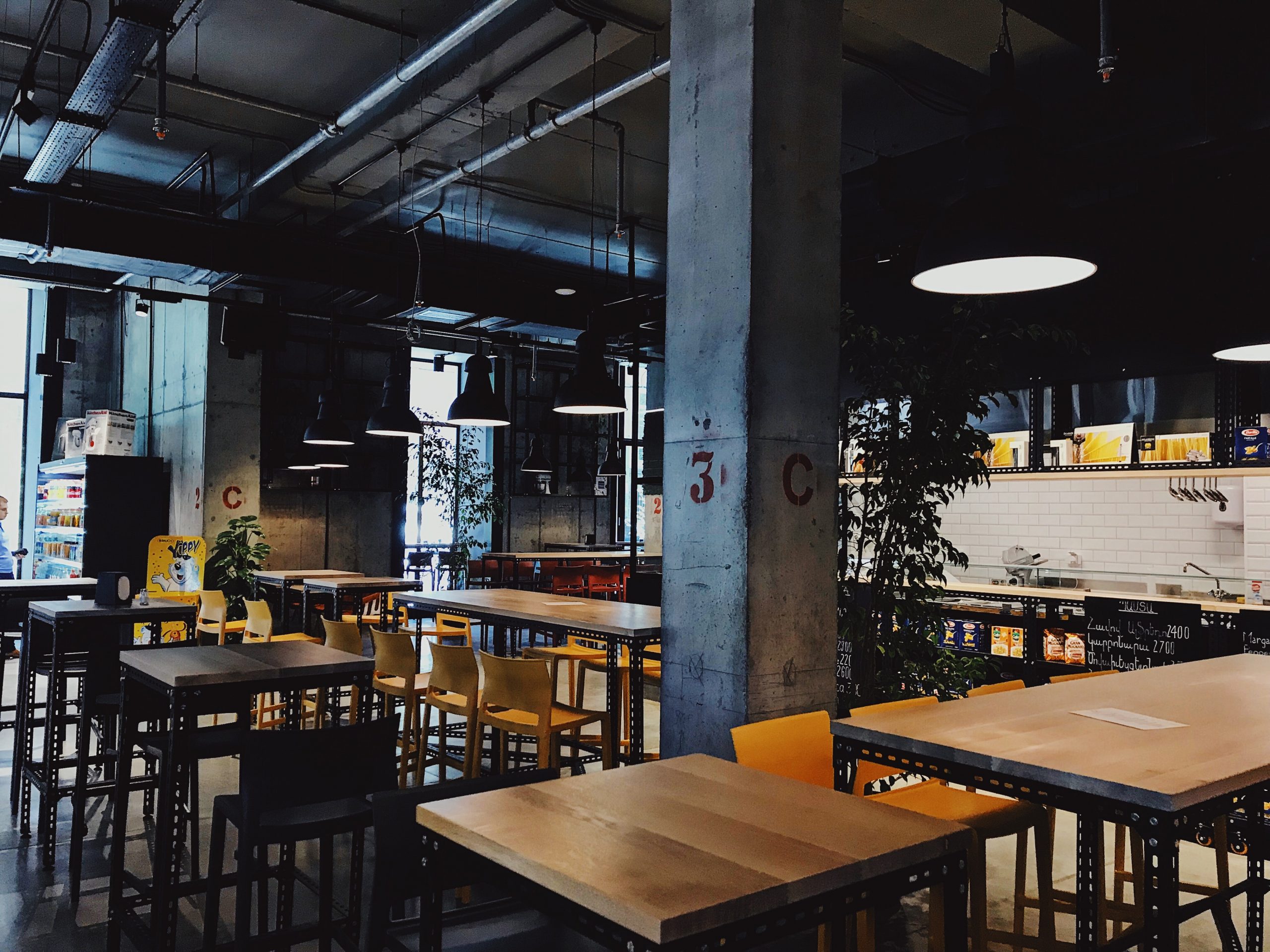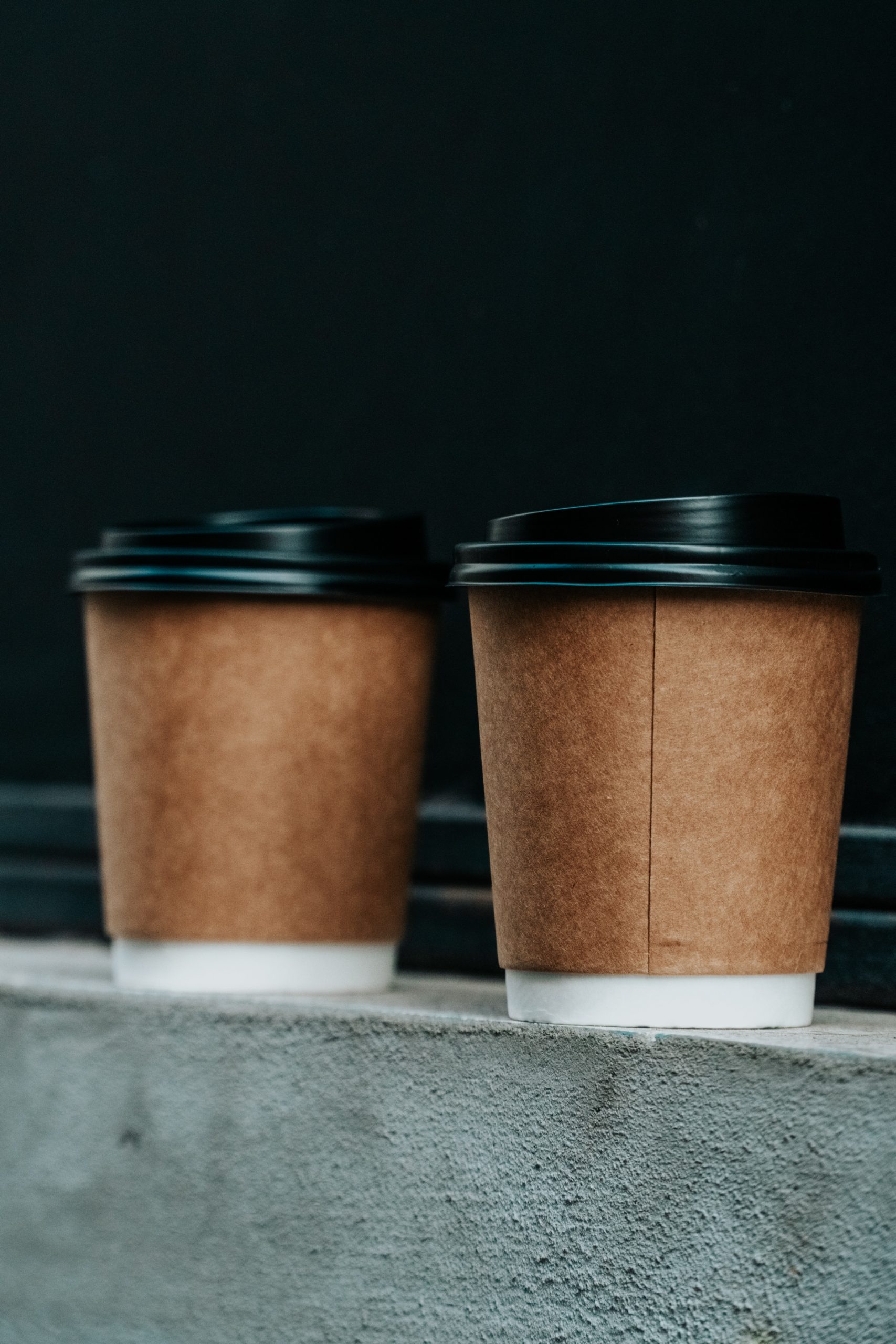
How to Order Takeaway In A Sustainable Way
During the pandemic, the hospitality industry, including restaurants, suffer the most. Some eateries found a way to survive by changing their approach to the customers: to offer takeaway service. While it is correct, it provides convenience and safety; however, looking at the amount of waste generates by it, raise concern if it is possible to order takeaway sustainably.
Distancing restrictions and lockdown has made the takeaway service the most sensible option for us who already get tired of cooking a meal every day and no longer have any idea what to cook. Not to mention it bolsters the restaurant business and its employees. But is there any way to order a “guilt-free” takeaway service?



TAKEAWAY REALMS
According to research, before the pandemic, in the US alone around 561 billion disposable utensils were used which equal 4,9 million ton of waste. Meanwhile, in Ireland, up to 200 million single-use coffee cups are thrown away every year, and in its neighbouring country, England, the takeaway food waste rises during the pandemic. The main reason is the erratic ordering patterns and the fact that more restaurants expand their option for takeaway or delivery as an act of maintaining their turnover.
In America, 42% of eateries added takeaway and delivery as their option during the pandemic. But unfortunately, many restaurants are still using plastic packaging because of the cost efficiency—plastic-based is cheaper—and some of the eco-friendly containers don’t hold food as good as the conventional plastic ones. According to JYBE —a Los Angeles based sustainable delivery app— the extra challenge for the restaurateurs is they don’t really have time to dive in to select among hundreds of products that all claimed to be sustainable. Thus, restaurants struggle to reduce their environmental impact of takeaway. JYBE noted that there would be about 400 million plastic produce on Earth by 2021. And half-of-that include the single-use items from the restaurant takeout and delivery.



THE GOOD NEWS
As challenging as it might sound, some restaurants put impeccable effort to reduce their business’ environmental impact by prioritizing compostable or recyclable packaging. Somebody People, a plant-based restaurant in Denver, Colorado, offers reusable metal tiffin that can be bought at the restaurant. At the next order, the customer can exchange the tiffin for a clean one.
Further, there are start-ups offer reusable container system that makes it easier for the foodies as well as the restaurants. San-Francisco based Dispatch Goods delivers restaurant meals in stainless steel containers inspired by the Indian tiffin tradition. Partnering with local restaurants, Dispatch Goods uses reusable takeout containers that can be given to customers, returned for cleaning, and then used again by the restaurant hundreds of times.
In England, Sustainable Restaurant Association (SRA) works toward sustainability within the hospitality industry, including cutting food waste, tackling the plastic issue and using eco-friendly food packaging. We can look at which restaurants join SRA from their website, to make sure that they have commitment towards sustainability. One of SRA recent projects was launched the first compostables sorting line in the UK, located in Essex. The line includes a bin lift, conveyor belt, compactor and sorting stations for trained pickers to identify and remove non-target materials such as plastics and cans. This system can ensure that the waste from the takeaway will have minimum effect to the planet.


IS REUSABLE CONTAINER SAFE?
Even though there are numbers of solutions and products available, it raises another concern in some countries, including the recycling and composting part of the products. Take an example in Hong Kong and Indonesia, where there isn’t yet available a proper system to handle waste disposal. Although the restaurants have adapted to use eco-friendly food packaging, they will still be thrown away in the general waste category and sit in a landfill.
For these countries where waste disposal have not established yet, a reusable container can be the option. Whether or not is it safe, especially during the pandemic? More than 100 experts from different countries reassure the customers that reusable containers are safe if washed properly. The scientists, which include epidemiologists, virologists, biologists, chemists and doctors, say that based on the best available science and guidance from public health professionals, reusable systems can be used safely by employing basic hygiene.
In Ireland, the government even encourages people to use reusable cup, and they have proposed to impose a “latte levy” last year. This step will continue with the second phase of levies in 2022, focused on takeaway food containers. In a timeframe to be determined, the third phase will address food packaging in retail outlets, including bakery items, fruit and vegetables.

+ Words: Alvia Zuhadmono
Sustainable Communication student | Sweden-based writer
Connect with her through LinkedIn








